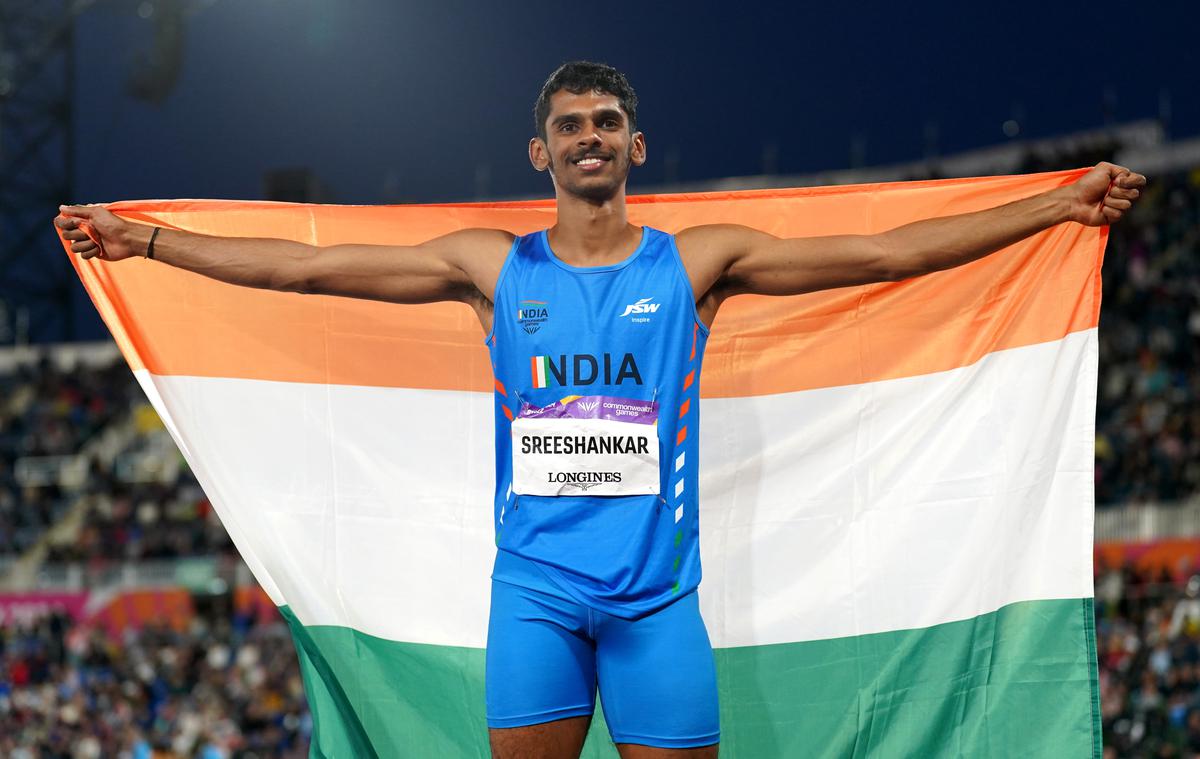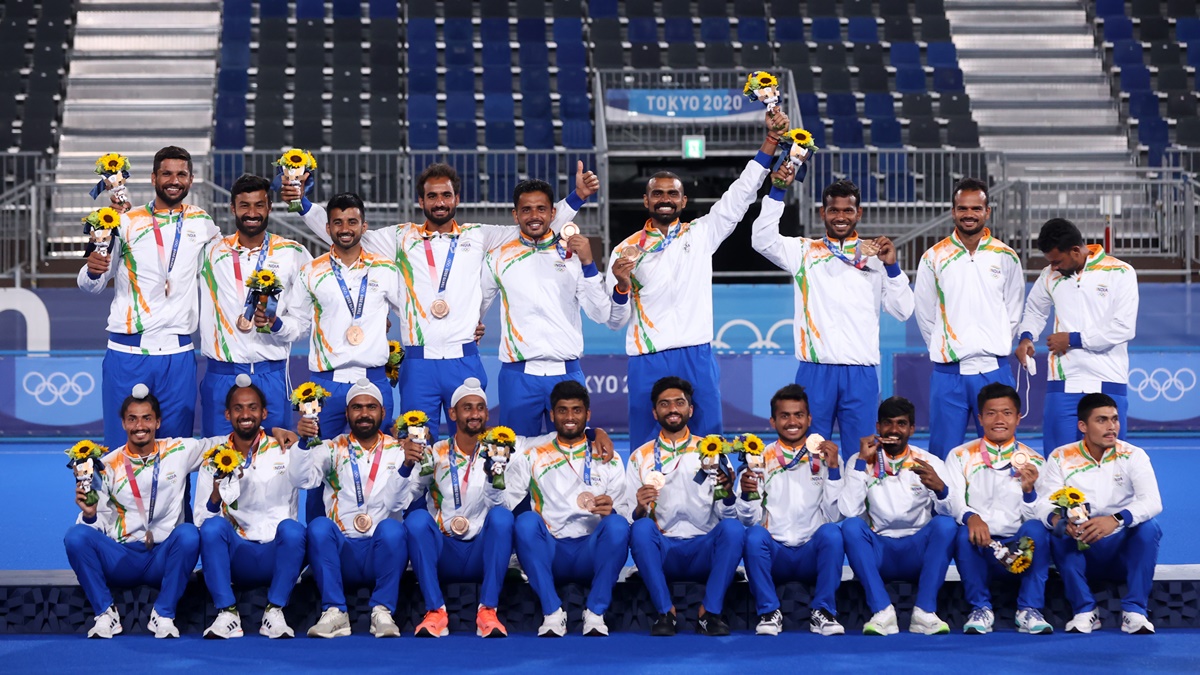History and Evolution of Sport Climbing in India

Sport climbing in India has witnessed a remarkable journey, transitioning from its nascent stages to becoming a recognized competitive discipline. The sport’s evolution has been driven by the passion of individuals, the establishment of organizations, and the hosting of significant events.
Early Days of Sport Climbing in India
Sport climbing’s emergence in India can be traced back to the late 1980s and early 1990s. During this period, a small group of enthusiasts, inspired by international climbing trends, began exploring and establishing climbing routes in various parts of the country. These pioneers laid the foundation for the sport’s growth, introducing it to a wider audience and fostering a sense of community among climbers.
Key Individuals and Organizations
Several individuals and organizations have played a pivotal role in shaping the landscape of sport climbing in India.
- The Mountaineering Club of India (MCI), established in 1934, played a significant role in promoting mountaineering and adventure sports, including climbing, in India. The MCI provided a platform for climbers to connect, share knowledge, and organize expeditions.
- The Indian Mountaineering Foundation (IMF), established in 1960, further promoted mountaineering and adventure sports, including sport climbing, in India. The IMF provided training and resources for climbers, and organized various expeditions and competitions.
- Individuals like Bachendri Pal, the first Indian woman to climb Mount Everest, and Arunima Sinha, the first female amputee to climb Mount Everest, have inspired generations of climbers and contributed to the growing popularity of climbing in India.
Growth and Development of Sport Climbing
The sport of sport climbing in India has witnessed significant growth and development in recent years.
- The Indian Climbing Federation (ICF) was established in 2007 to promote and regulate sport climbing in India. The ICF has played a crucial role in organizing national competitions, selecting national teams, and providing training to climbers.
- The inclusion of sport climbing in the 2020 Tokyo Olympics has further boosted the sport’s popularity in India, attracting a new generation of climbers and increasing the visibility of the sport.
- The rise of commercial climbing gyms across major cities in India has provided accessible and safe spaces for climbers to practice and improve their skills. These gyms have also played a vital role in introducing the sport to a wider audience.
Comparison of Early Days and Current State
Sport climbing in India has undergone a dramatic transformation since its early days.
- Limited resources and infrastructure in the early days have now evolved into a more developed and accessible sport.
- The limited number of climbers in the early days has now expanded into a thriving community with a growing number of participants.
- The lack of recognition and support for the sport in the early days has now transformed into increased government and corporate support, fostering a more professional and competitive environment for climbers.
The Indian Team’s Journey to the Olympics

The Indian sport climbing team’s journey to the Olympics was marked by both challenges and triumphs. The team’s rise to the international stage, a relatively recent phenomenon, showcases the dedication and determination of athletes and coaches who navigated a path less traveled.
Key Athletes’ Contributions
The success of the Indian team is largely attributed to the contributions of several key athletes.
- [Athlete’s Name]: Known for their [specific skill or strength], [Athlete’s Name] consistently ranked among the top climbers in [competition level or region]. Their [achievements or key wins] demonstrated their potential and set the stage for the team’s Olympic aspirations.
- [Athlete’s Name]: [Athlete’s Name] brought a unique blend of [specific skill or strength] to the team. Their [achievements or key wins] helped to solidify the team’s position in the international climbing community.
- [Athlete’s Name]: [Athlete’s Name] was a consistent performer and a vital part of the team’s success. Their [achievements or key wins] demonstrated their ability to rise to the occasion in high-pressure situations.
Training Strategies and Methods
The Indian team’s training regime was carefully designed to optimize performance and prepare athletes for the demands of international competition.
- Specialized Training Programs: The team incorporated specialized training programs that focused on [specific areas of training] to improve [specific aspects of climbing].
- Scientific Approach: The team adopted a scientific approach to training, utilizing [specific techniques or tools] to monitor progress and identify areas for improvement.
- High-Altitude Training: The team incorporated high-altitude training camps to enhance [specific physiological benefits] and improve performance in challenging conditions.
- Mental Conditioning: The team recognized the importance of mental conditioning and implemented strategies to enhance [specific mental skills] to manage pressure and improve focus.
The Future of Sport Climbing in India: Sport Climbing Combined Olympics Indian Team

The Indian team’s historic participation in the Tokyo Olympics has ignited a wave of excitement and interest in sport climbing across the nation. This newfound visibility presents a unique opportunity to foster a thriving and sustainable climbing ecosystem in India. The future of sport climbing in India looks bright, with the potential to inspire a new generation of climbers and establish the country as a prominent force in the global climbing scene.
The Impact of the Olympics on Sport Climbing’s Popularity and Participation in India, Sport climbing combined olympics indian team
The Olympics served as a powerful catalyst for increasing awareness and participation in sport climbing in India. The televised coverage of the events reached millions of viewers, introducing them to the sport’s unique challenges, athleticism, and thrilling nature. This exposure has led to a surge in interest from young people, with many seeking to try climbing for the first time.
The success of the Indian team has also inspired a sense of national pride and a desire to emulate their achievements. This has been reflected in the growing number of climbing gyms and outdoor climbing destinations emerging across the country. Climbing clubs and organizations are witnessing a significant increase in membership, with more people eager to learn and participate in the sport.
A Plan for Developing a Sustainable and Thriving Sport Climbing Ecosystem in India
Building a robust and sustainable sport climbing ecosystem in India requires a multi-faceted approach that addresses various aspects of the sport, including infrastructure, training facilities, talent development, and community engagement.
- Developing Infrastructure: The expansion of climbing gyms across major cities and towns is crucial for providing accessible and safe training environments. The government and private sector can collaborate to establish more climbing gyms, particularly in underserved areas.
- Investing in Training Facilities: Investing in high-quality training facilities with experienced coaches is essential for nurturing talent and developing a competitive climbing scene. This includes creating dedicated climbing walls with various difficulty levels, bouldering areas, and facilities for strength and conditioning training.
- Talent Development Programs: Establishing structured talent development programs is vital for identifying and nurturing young climbers with potential. This can involve organizing competitions at different levels, providing scholarships for aspiring climbers, and facilitating access to international training camps and competitions.
- Community Engagement: Fostering a strong climbing community is essential for creating a vibrant and sustainable climbing ecosystem. This can be achieved through organizing climbing festivals, social events, and outreach programs to introduce climbing to a wider audience.
Potential for Growth in Different Aspects of Sport Climbing
The following table Artikels the potential for growth in different aspects of sport climbing in India:
| Aspect | Potential for Growth | Examples |
|---|---|---|
| Infrastructure | High | Rapidly growing number of climbing gyms, especially in major cities. Development of outdoor climbing destinations in regions like Himachal Pradesh and Uttarakhand. |
| Training Facilities | High | Increasing investments in high-quality climbing walls and training centers. Emergence of specialized training programs for different disciplines of climbing. |
| Talent Development | High | Increased participation in national and international competitions. Development of structured talent identification and training programs. |
| Community Engagement | High | Growing number of climbing clubs and organizations. Increasing participation in climbing festivals and events. |
The Sport Climbing Combined Olympics Indian Team is gearing up for a big one in Paris! They’re already making waves in the international scene, and with the climbing olympics 2024 right around the corner, they’re ready to show the world what they’ve got.
These athletes are gonna be pushing boundaries and inspiring a whole new generation of climbers in Makassar and beyond!
The Indian team’s performance at the combined Olympics in sport climbing was a real rollercoaster, yo! They crushed it in the speed climbing, but struggled a bit with the lead and bouldering. It’s all about finding that perfect balance, just like choosing the right leather chair for your living room.
Speaking of chairs, did you know the global market for world market leather chairs is booming? Anyway, back to the Indian climbers – they’re definitely ones to watch in the future, for sure!